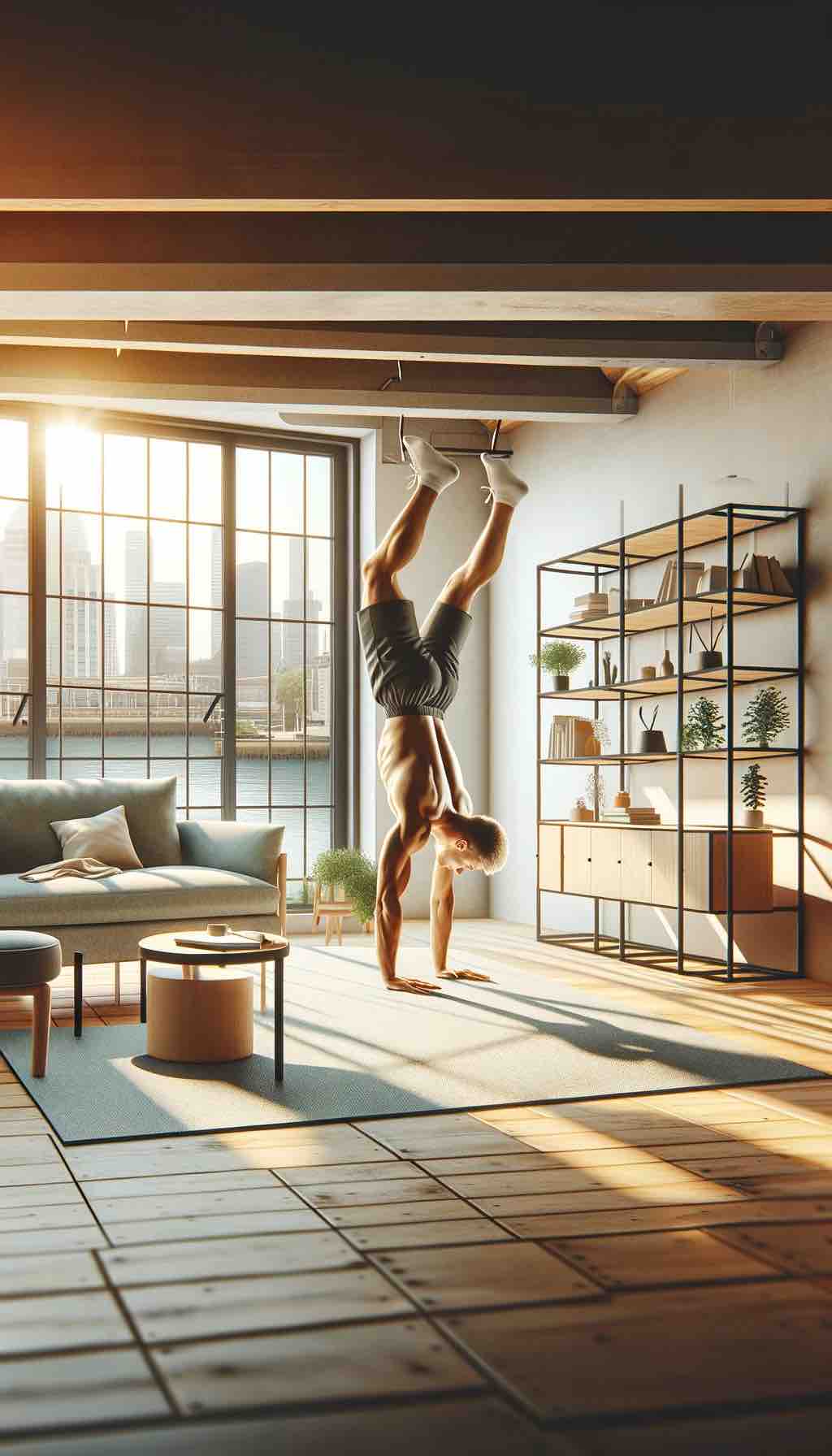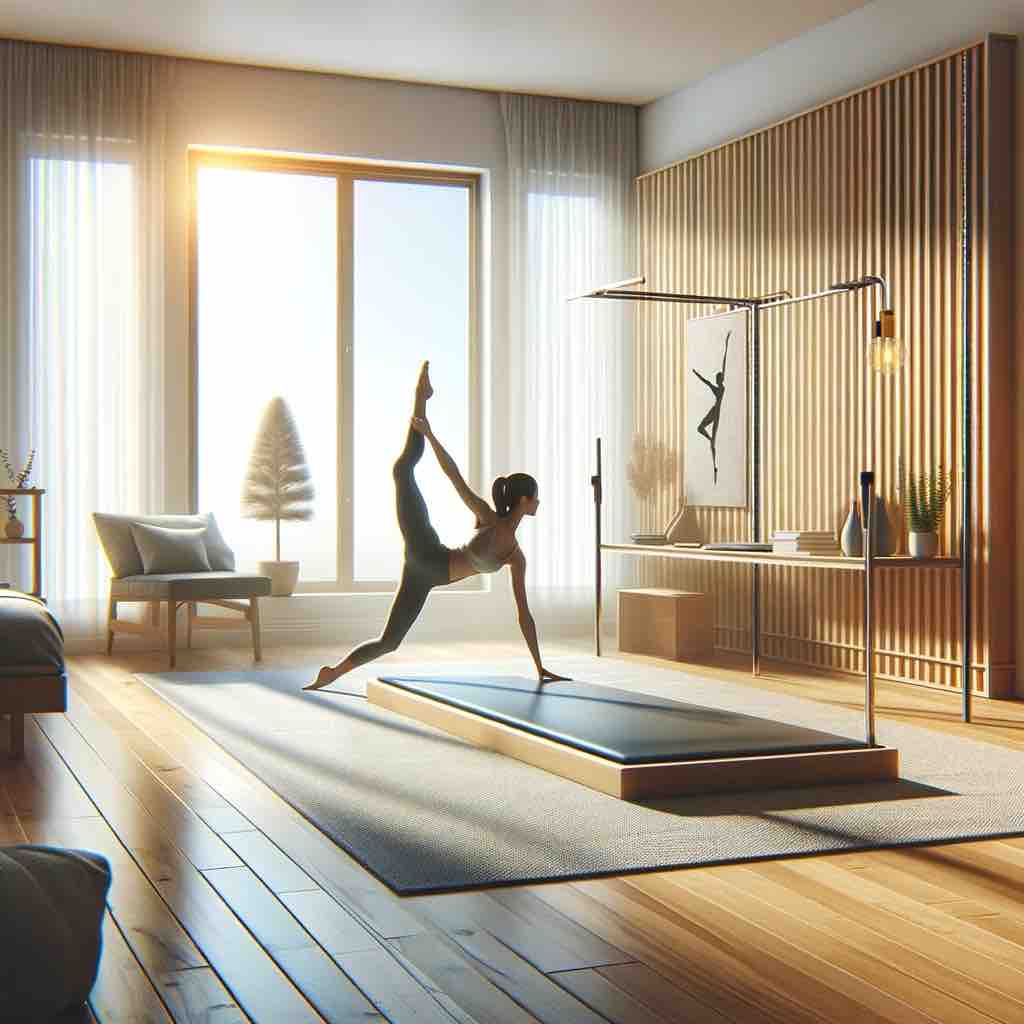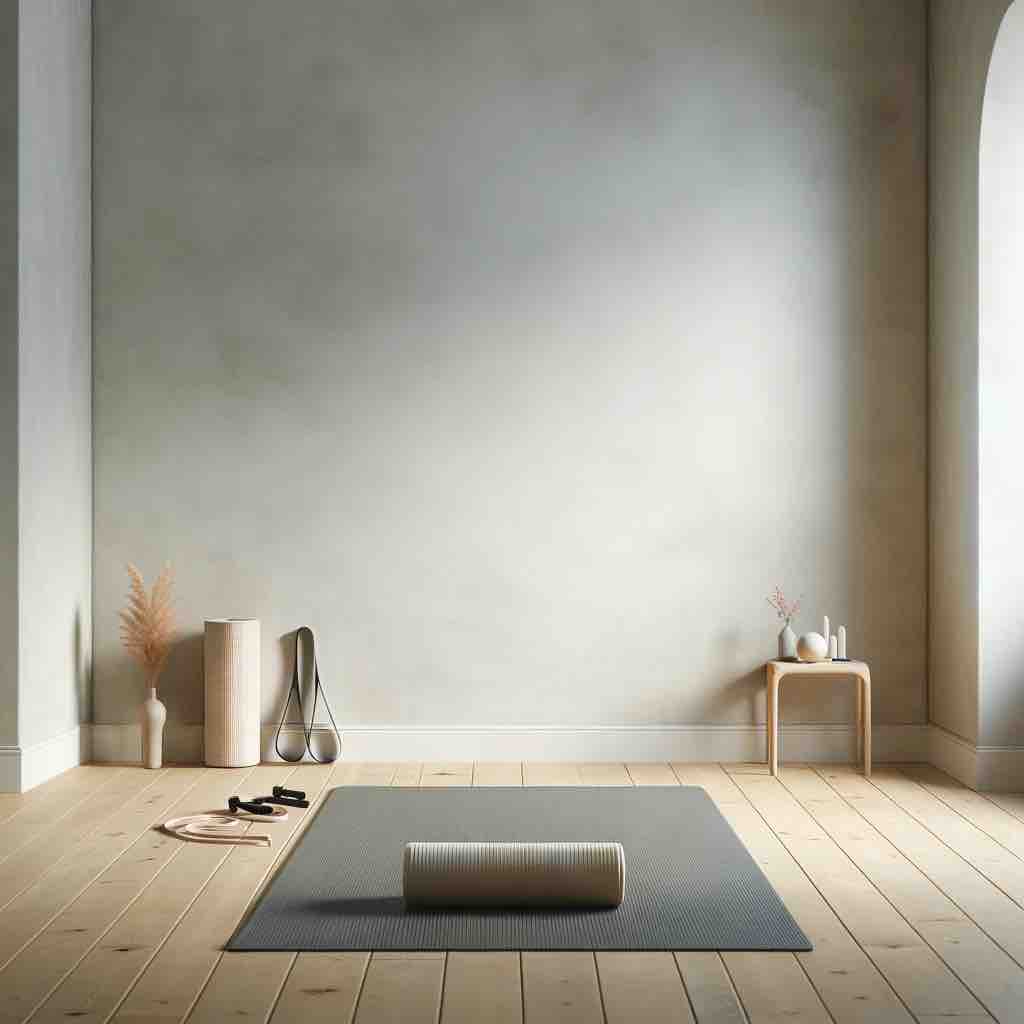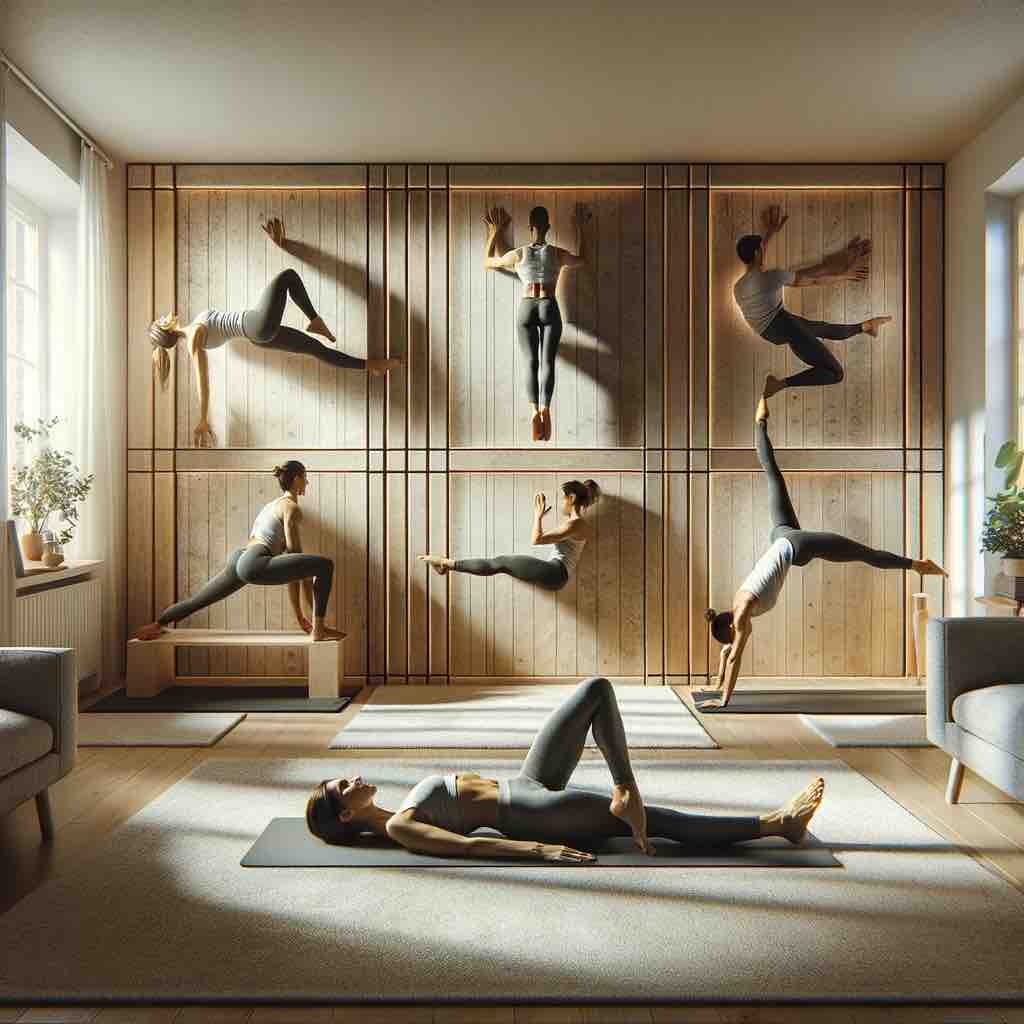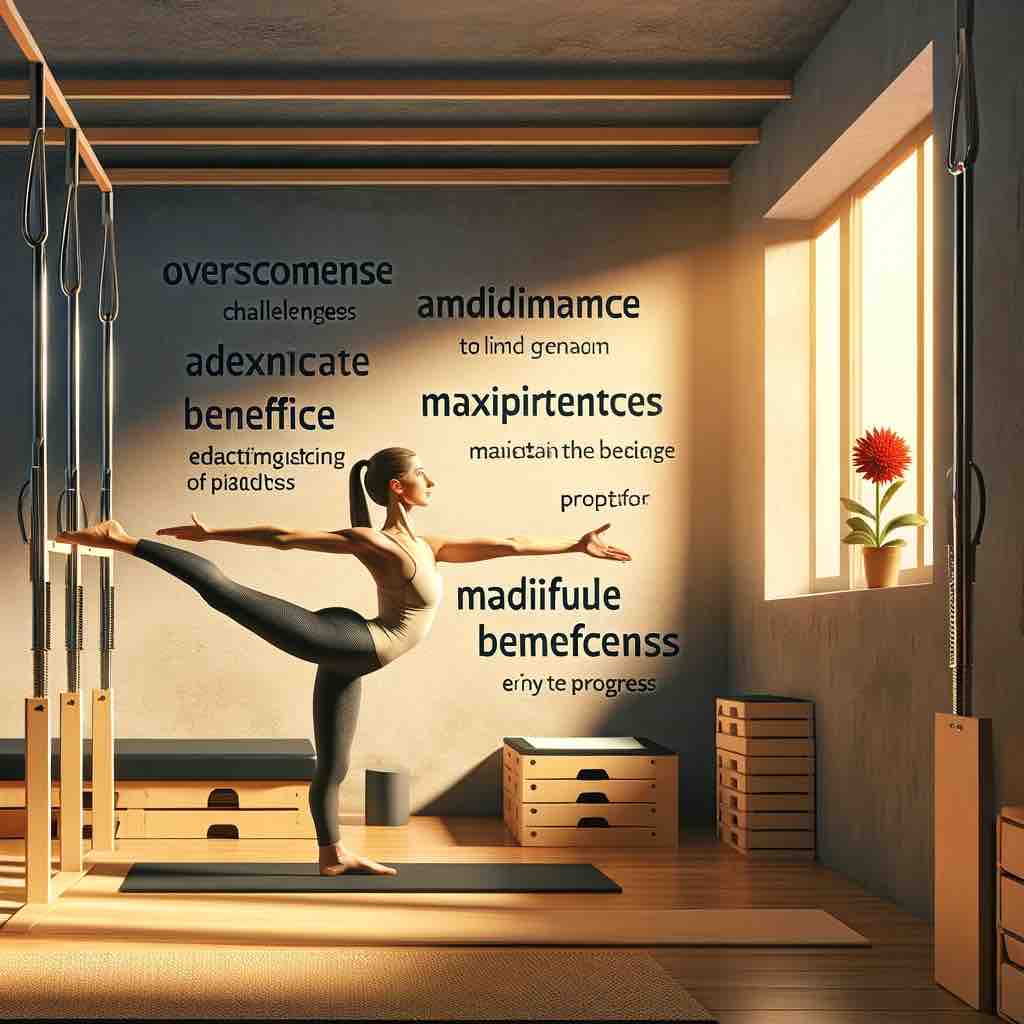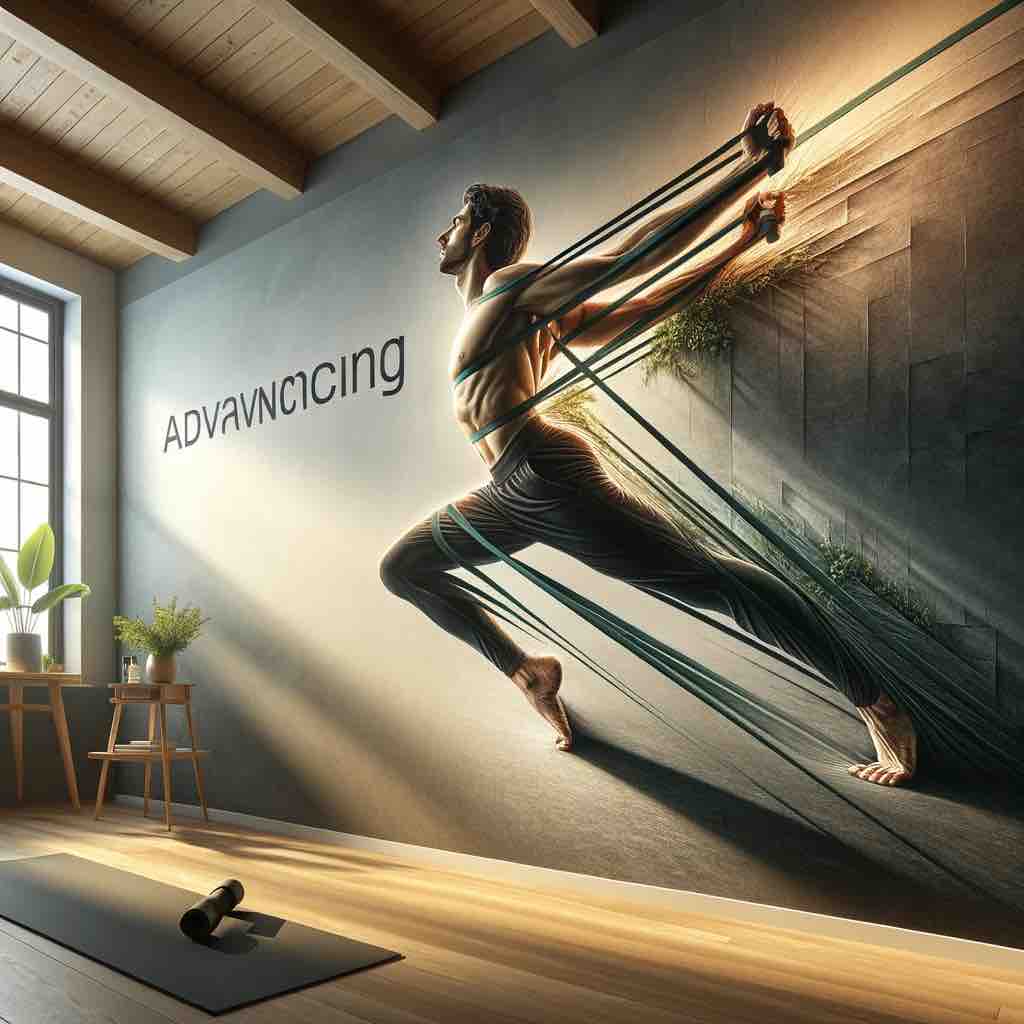
In the quest for optimal health and peak physical performance, the importance of tailored nutrition cannot be overstated. With an overwhelming amount of dietary advice available, pinpointing the exact balance of macronutrients—proteins, fats, and carbohydrates—needed for your individual goals can seem like a daunting task. Enter Macro Master, a cutting-edge, free macro calculator designed to demystify nutrition and empower individuals with the knowledge to make informed dietary choices.
Discover Personalized Nutrition with Macro Master
Before we delve into the intricacies of macronutrients and the science behind Macro Master, take a moment to experience the tool firsthand. By inputting your unique details, you’ll gain access to a customized macronutrient profile tailored to support your health and fitness objectives.
Nutrient Distribution Explorer
Adjust your details and preferences to calculate your personalized macronutrient distribution.
Frequently Asked Questions
Macro Master is a free, sophisticated macro calculator that simplifies the complexity of nutrition for everyone. By inputting your personal metrics like weight, height, age, activity level, and dietary goals, Macro Master generates a customized macronutrient profile tailored to help you achieve your health and fitness goals, whether that’s weight loss, muscle gain, or maintaining a healthy lifestyle.
Macro Master calculates your macronutrient needs using the Mifflin-St Jeor Equation to estimate your Basal Metabolic Rate (BMR) and then adjusts this number based on your activity level to find your Total Daily Energy Expenditure (TDEE). The formulas used are:
- For men: \(BMR = (10 \times weight\_kg) + (6.25 \times height\_cm) – (5 \times age\_years) + 5\)
- For women: \(BMR = (10 \times weight\_kg) + (6.25 \times height\_cm) – (5 \times age\_years) – 161\)
After calculating BMR, your TDEE is determined by multiplying your BMR by an activity factor (ranging from 1.2 to 2.5). Based on your TDEE and personal goals, Macro Master then provides a tailored macronutrient distribution for proteins, fats, and carbohydrates.
Total Daily Energy Expenditure (TDEE) is the total number of calories you burn in a day, accounting for both your Basal Metabolic Rate (BMR) and your level of physical activity. It’s a crucial metric for understanding how much energy your body requires to maintain its current weight. Knowing your TDEE is essential for tailoring your diet to meet specific fitness goals, such as losing weight, gaining muscle, or maintaining your current physique. It helps ensure that you’re consuming an appropriate amount of calories to support your lifestyle and activity level.
Based on the macro recommendations provided by Macro Master, you can adjust your diet by planning meals that fit the suggested distribution of proteins, fats, and carbohydrates. Start by identifying foods that are rich in each macronutrient. For example, lean meats, dairy, and legumes for protein; avocados, nuts, and olive oil for healthy fats; and whole grains, fruits, and vegetables for carbohydrates. Use a food tracking app to monitor your intake and ensure you’re meeting your daily macro targets. Adjust portion sizes and food choices as needed to stay within your macro and calorie limits.
No, macronutrient ratios are not one-size-fits-all. They vary depending on individual factors such as age, gender, weight, height, activity level, and specific health or fitness goals. Macro Master personalizes your macronutrient ratios by taking these factors into account, providing a tailored approach to nutrition that aligns with your unique needs and objectives.
Yes, Macro Master can be an effective tool for weight loss. By calculating a daily calorie target that creates a caloric deficit, and providing balanced macronutrient ratios, it helps ensure that you’re consuming fewer calories than you burn while still getting the nutrients your body needs. This approach promotes sustainable weight loss, allowing you to lose weight without compromising your health or energy levels.
To track your progress using the macro guidelines provided by Macro Master, consider using a food diary or a nutrition tracking app to log your daily food intake and ensure you’re meeting your macro and calorie targets. Additionally, regularly monitor your weight, body measurements, and energy levels, as well as any changes in your physical appearance or fitness performance. Adjust your macro targets as needed based on your progress and goals.
If you’re not reaching your fitness goals with the current macro recommendations, consider re-evaluating your targets and activity levels. Ensure that your calorie intake and expenditure are accurately reported and that you’re consistently meeting your macro targets. It may also be helpful to consult with a nutritionist or dietitian who can provide personalized advice and adjustments to your diet plan. Remember, achieving fitness goals takes time, and adjustments may be necessary as you progress.
While it’s beneficial to aim for your macro recommendations daily, it’s also important to allow for flexibility. Life is unpredictable, and there may be days when you’re unable to meet your exact macro targets. What’s most important is the overall pattern of your intake over time. Consistently coming close to your macro and calorie goals will still enable you to progress towards your fitness objectives.
Activity levels significantly impact your macro and calorie needs because they influence your Total Daily Energy Expenditure (TDEE). The more active you are, the more calories you burn, and consequently, the more nutrients your body requires to sustain energy levels, recover, and grow. Macro Master adjusts your calorie and macro targets based on the activity level you select, ensuring that your diet supports your lifestyle and fitness activities.
The Crucial Trio: Proteins, Fats, and Carbohydrates
To fully appreciate the benefits provided by Macro Master, a deeper understanding of each macronutrient’s role is essential.
Proteins: The Body’s Building Blocks
Proteins are fundamental for muscle repair, growth, and maintenance. Beyond their role in muscle metabolism, proteins are pivotal in forming hormones, enzymes, and immune system components. While the general RDA for protein is 0.8 grams per kilogram of body weight, active individuals and athletes may require between 1.2 to 2.0 grams per kilogram to support recovery and muscle synthesis effectively.
Fats: Vital for Health and Hormones
Fats are key for maintaining healthy hormone levels, storing energy, absorbing nutrients, and protecting vital organs. Dietary guidelines recommend that fats constitute 20-35% of your daily caloric intake, emphasizing the importance of prioritizing unsaturated fats, minimizing saturated fats, and avoiding trans fats to promote heart health and reduce disease risk.
Carbohydrates: The Primary Energy Source
Carbohydrates are the primary fuel source for both brain and bodily functions. Dietary guidelines suggest that carbs should make up 45-65% of your total daily calories, focusing on complex carbohydrates from whole grains, vegetables, and fruits to ensure sustained energy levels and support overall health.
The Science Behind Macro Master: Precision and Personalization
Macro Master employs scientifically validated equations and data to offer personalized nutritional guidance, starting with the calculation of your Basal Metabolic Rate (BMR) and Total Daily Energy Expenditure (TDEE).
BMR and TDEE: The Foundations of Your Macro Plan
- BMR Calculation: The Mifflin-St Jeor Equation provides an estimate of how many calories your body requires at rest, adjusting for sex, weight, height, and age.
- TDEE Determination: Your BMR is then adjusted based on your reported activity level, using multipliers that account for everything from sedentary lifestyles to highly active ones. This figure represents the total calories you expend in a day, laying the groundwork for your personalized macro recommendations.
Tailoring Your Macronutrient Ratios
With your TDEE as a baseline, Macro Master calculates your ideal macronutrient distribution. These recommendations are fine-tuned to align with your specific goals, such as weight loss, muscle gain, or maintenance, ensuring your diet supports your ambitions effectively.
Applying Macro Insights: From Theory to Plate
Translating macro ratios into actual meals is the next step in your nutritional journey. Macro Master simplifies this process, offering practical advice on how to meet your daily macro targets through a balanced diet. This guidance helps bridge the gap between theoretical nutrition and practical, everyday eating habits, empowering you to make choices that align with your goals.
Success Stories: Real Results
Macro Master has facilitated transformative nutritional journeys for countless users, from professional athletes optimizing their diets for competitive advantage to individuals seeking sustainable weight management solutions. These success stories underscore the calculator’s effectiveness in translating complex nutritional data into actionable, real-world strategies.
Beyond Macros: The Road Ahead for Macro Master
As we continue to evolve Macro Master, future updates will focus on expanding the tool’s capabilities, including more detailed activity levels, integration of micronutrient tracking, and compatibility with meal planning and fitness apps. Our mission is to provide a comprehensive nutritional resource that adapts to your changing needs and goals, offering a path to lasting health and wellness.
Conclusion: Your Partner in Nutritional Success
Macro Master is more than just a macro calculator; it’s a gateway to understanding and applying the principles of personalized nutrition. By equipping you with the knowledge to make informed dietary choices, Macro Master supports your journey towards achieving your health and fitness goals. Experience the power of personalized nutrition today with Macro Master, and take the first step towards transforming your dietary habits and, ultimately, your health.
This detailed exploration into Macro Master and the foundational concepts of macronutrients highlights the importance of personalized nutrition. By providing actionable insights grounded in scientific research, Macro Master stands as a pivotal tool for anyone looking to optimize their dietary habits for better health and performance.


